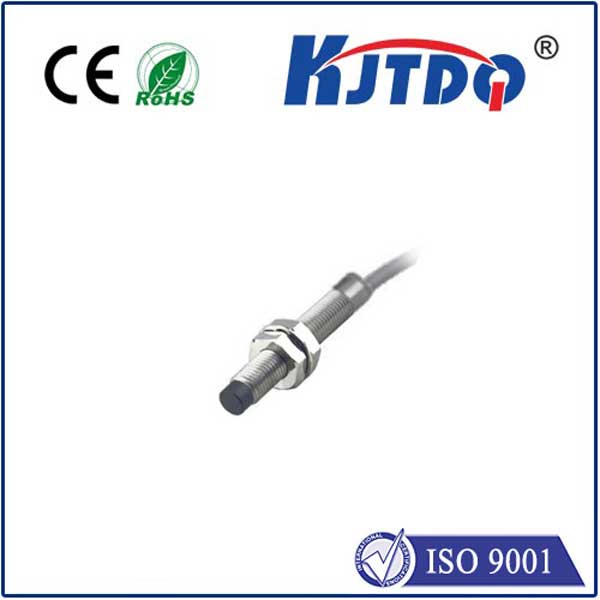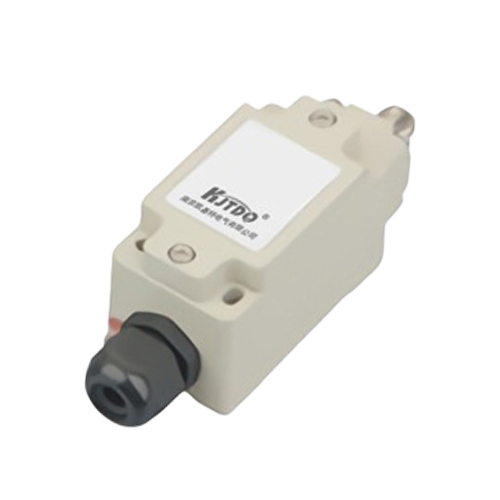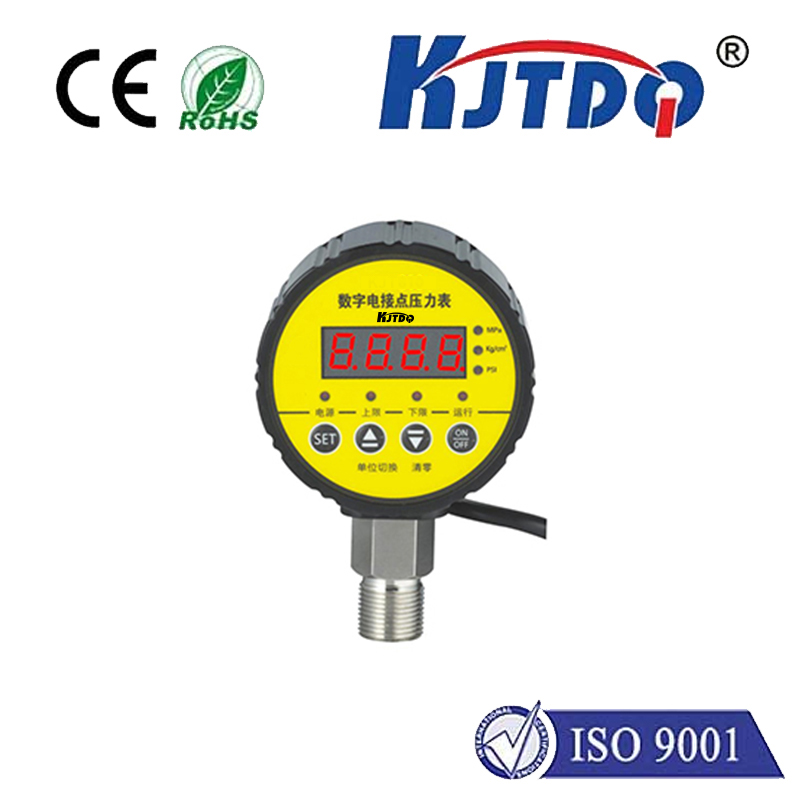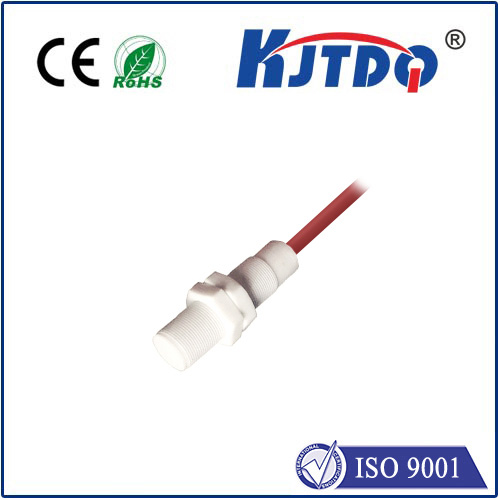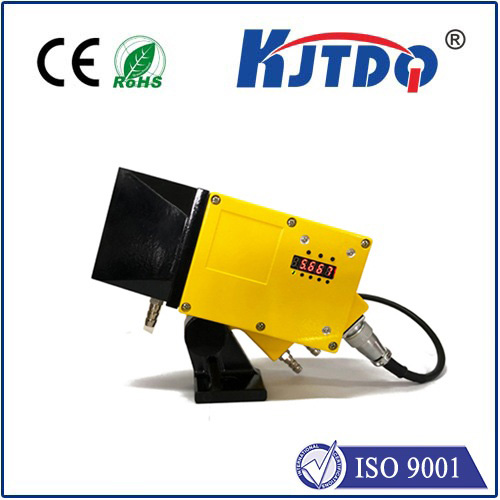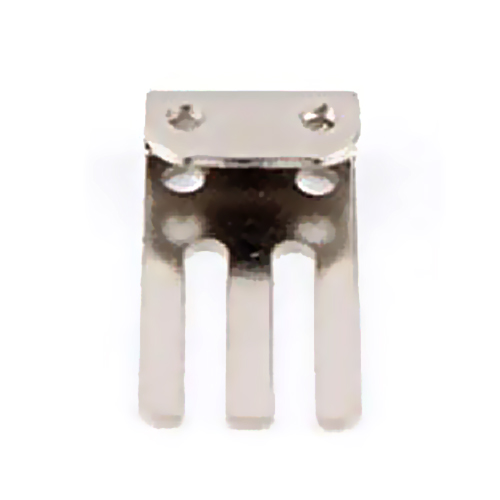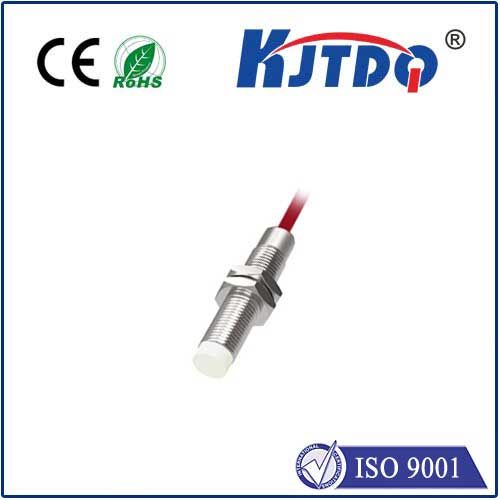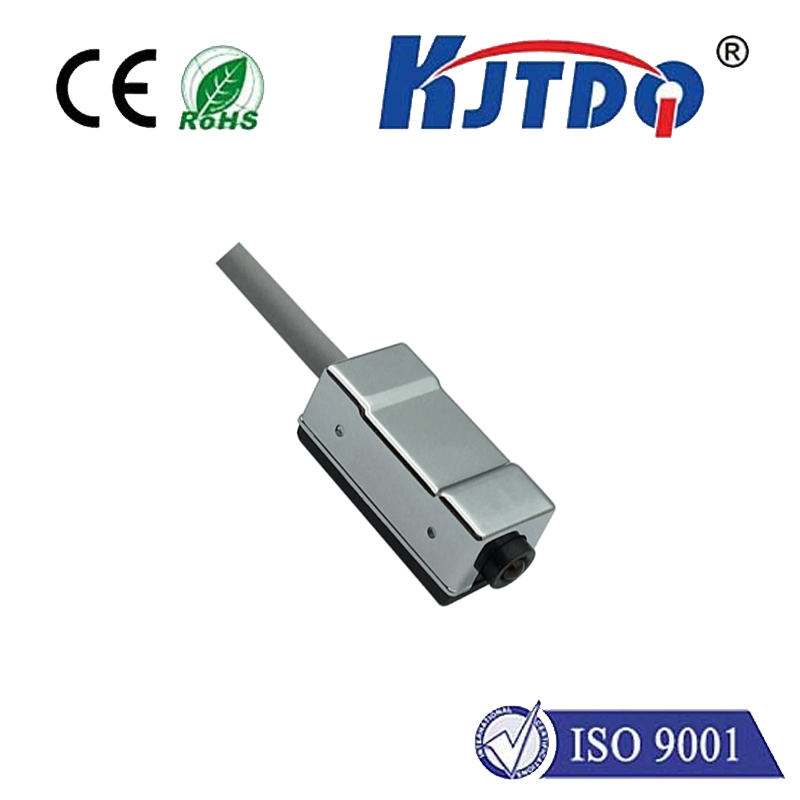room temperature sensor
- time:2025-08-21 01:53:51
- Нажмите:0
The Unsung Hero of Comfort: Your Room Temperature Sensor Explained
Title: Mastering Indoor Comfort: The Essential Guide to Room Temperature Sensors
Ever woken up shivering because your bedroom felt like an icebox, only to find your heater blasting hot air hours later? Or struggled through a stuffy home office while the AC unit remains stubbornly silent? These frustrating experiences often boil down to one critical, yet frequently overlooked, component: the room temperature sensor. Far more than just a tiny gadget on your wall or inside your thermostat, this unassuming device is the cornerstone of modern comfort, energy efficiency, and even health within our living and working spaces. By accurately capturing ambient heat levels, it provides the essential data that allows heating, ventilation, and air conditioning (HVAC) systems to respond intelligently and maintain our desired environment.
How Does This Silent Sentinel Work?
At its core, a room temperature sensor translates the physical phenomenon of heat into an electrical signal that a control system (like your thermostat or a building management system) can understand. The most common technologies found in residential and commercial settings include:

- Thermistors: These are the workhorses of many thermostats. Thermistors are resistors whose electrical resistance changes significantly and predictably with temperature fluctuations. Typically made of ceramic or polymer materials, Negative Temperature Coefficient (NTC) thermistors decrease resistance as temperature rises. This change is measured and converted into a temperature reading.
- Digital Sensor ICs (Integrated Circuits): Increasingly popular, especially in modern smart thermostats and IoT devices, these chips (like the commonly used DHT22 or DS18B20) contain the sensor element and the circuitry needed to convert its reading directly into a digital signal. They offer enhanced accuracy and simpler integration into digital control systems, often communicating via protocols like I2C or One-Wire.
- Bimetallic Strips (Older/Mechancial): Found in older, purely mechanical thermostats, these rely on the principle that different metals expand at different rates when heated. Two bonded strips curl or uncurl, physically opening or closing an electrical circuit to activate heating or cooling. While less common in new digital systems, their simplicity is still valued in some applications.
- Infrared (IR) Sensors (Non-Contact): Primarily used for spot-checking or specific industrial scenarios, these sensors measure the infrared radiation emitted by objects to determine surface temperature. They aren’t typically used for general ambient room sensing in HVAC control, but are valuable for monitoring specific equipment or surfaces.
Why Precision Matters: Beyond Basic Comfort
Accurate room temperature sensing isn’t just about avoiding sweat or shivers. Its impact is profound:
- Energy Efficiency & Cost Savings: This is arguably the most significant benefit. An inaccurate sensor can cause your HVAC system to run longer than necessary, heating or cooling your space beyond the setpoint. Even a slight deviation (e.g., 1°C / 2°F) can lead to substantial wasted energy over time. Precise sensors are fundamental to optimizing energy consumption and reducing utility bills.
- HVAC System Protection & Longevity: Sensors prevent systems from short-cycling (frequent, rapid on/off cycles) or running continuously under extreme conditions, both of which cause undue wear and tear. Reliable data ensures the system operates within its designed parameters.
- Enhanced Comfort & Productivity: Consistent temperatures tailored to occupant preferences directly contribute to well-being. Studies consistently link thermal comfort to improved focus, productivity in workplaces, and better sleep quality at home.
- Humidity Control: Many modern temperature sensors are integrated with humidity sensors (forming thermo-hygrometers). This combined data is crucial for comprehensive environmental control, preventing issues like mold growth or excessively dry air, which impacts health and material integrity.
- Building Automation & Smart Homes: Room temperature sensors are vital inputs for sophisticated building management systems (BMS) and smart home ecosystems. They enable automated scheduling, room-by-room zoning control, remote monitoring, and integration with other smart devices (e.g., opening windows when optimal).
Where You’ll Find Room Temperature Sensors: Ubiquitous Importance
Their applications are incredibly diverse:
- Residential Thermostats: The most common location, controlling central heating and cooling, heat pumps, or individual room units.
- Commercial HVAC Systems: Controlling complex setups in offices, retail spaces, hotels, and hospitals, often integrated into a central BMS.
- Server Rooms & Data Centers: Maintaining critical, tightly controlled temperatures to prevent overheating and equipment failure. Multiple sensors provide redundancy and monitoring.
- Laboratories & Medical Facilities: Ensuring stable environments for experiments, sample storage, and patient comfort/care. Accuracy and reliability are paramount.
- Industrial Processes: Monitoring ambient conditions in manufacturing areas or warehouses where temperature stability affects product quality or worker safety.
- Food Storage & Refrigeration: Ensuring refrigerators, freezers, and cold rooms maintain safe temperatures for food preservation. Sensors often trigger alarms for deviations.
- Agricultural Environments: Monitoring conditions in greenhouses, poultry houses, and other climate-controlled agricultural settings.
Choosing the Right Sensor: Key Selection Criteria
Not all sensors are created equal. When selecting or evaluating a room temperature sensor, consider these critical factors:
- Accuracy: How close is the sensor’s reading to the actual temperature? Look for specifications like ±0.5°C or ±1°C accuracy. Higher accuracy is essential for critical applications (labs, data centers). Remember, your system’s overall control accuracy can never exceed the sensor’s inherent accuracy.
- Response Time: How quickly does the sensor detect and report a temperature change? Faster response times (e.g., seconds rather than minutes) are crucial for environments with frequent load changes or where precise control is needed.
- Range: Ensure the sensor can measure within the full range of temperatures expected in its location (e.g., -10°C to 60°C / 14°F to 140°F for many indoor spaces).
- Stability & Long-Term Drift: How well does the sensor maintain its accuracy over months and years? High-quality sensors experience minimal drift, reducing the need for frequent recalibration.
- Environmental Resistance: Consider potential exposure to dust, moisture, chemicals, or physical shock. Many sensors feature protective enclosures or conformal coatings for durability. IP ratings indicate dust and water resistance levels.
- Output Type & Compatibility: Is the output analog (voltage/resistance) or digital? Does it integrate seamlessly with your existing controller (thermostat, PLC, BMS)? Common digital protocols include I2C, SPI, and One-Wire.
- Calibration: Some high-precision applications may require sensors that can be calibrated. Understand the calibration process and frequency.
The Future: Smarter, More Integrated Sensing
The evolution of room temperature sensing continues. We’re seeing trends towards:
- Multi-Sensor Units: Combining temperature, humidity, air quality (CO2, VOCs), light, and motion sensing into single devices for holistic environmental monitoring and smarter automation decisions.
- Enhanced Connectivity: Integration with robust wireless protocols (Wi-Fi, Bluetooth Low Energy, Zigbee, Thread) for easier installation, remote access, and cloud-based data analysis.
- AI & Machine Learning Integration: Analyzing temperature data patterns over time to predict occupancy, optimize HVAC schedules proactively, identify potential system inefficiencies or failures, and personalize

